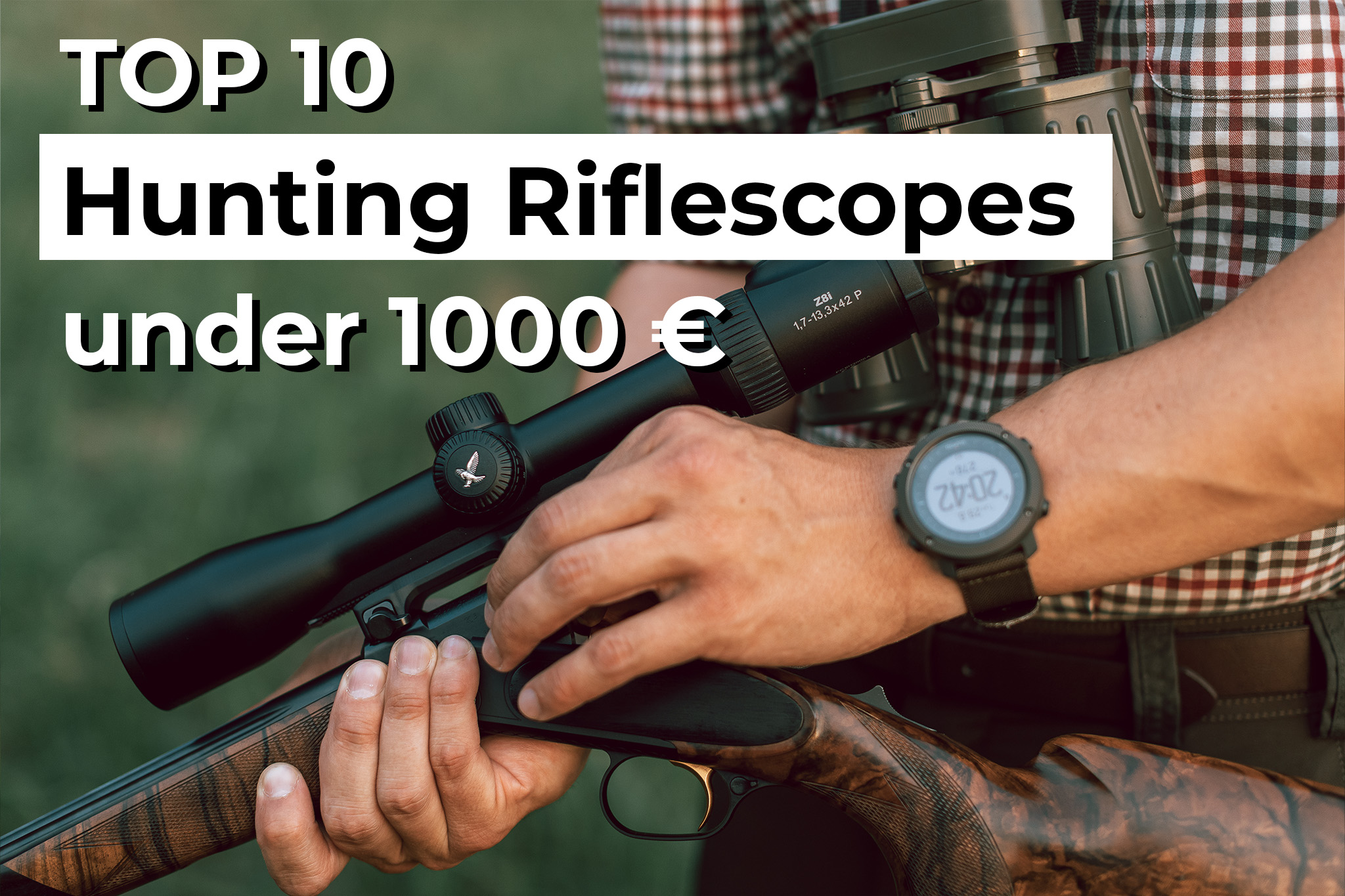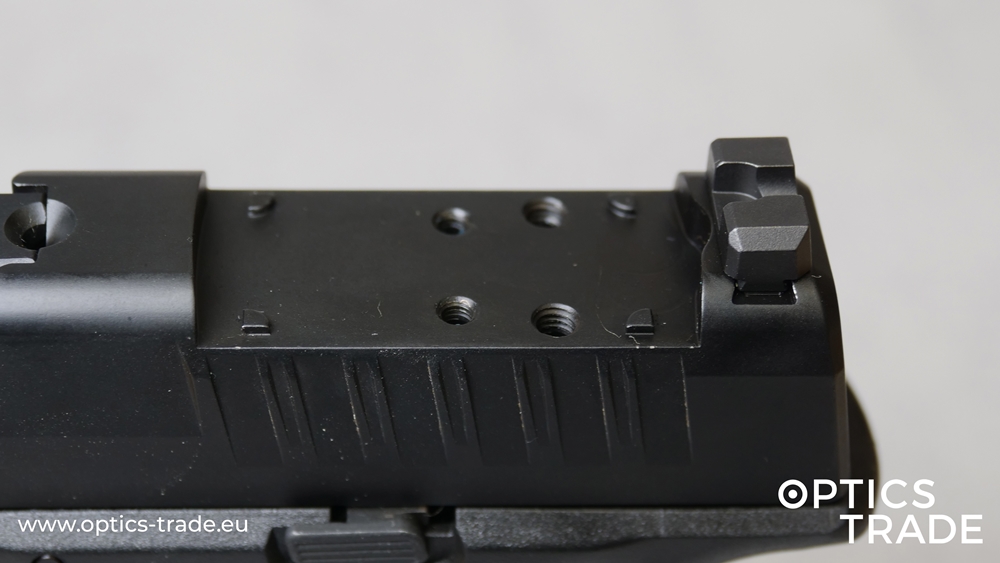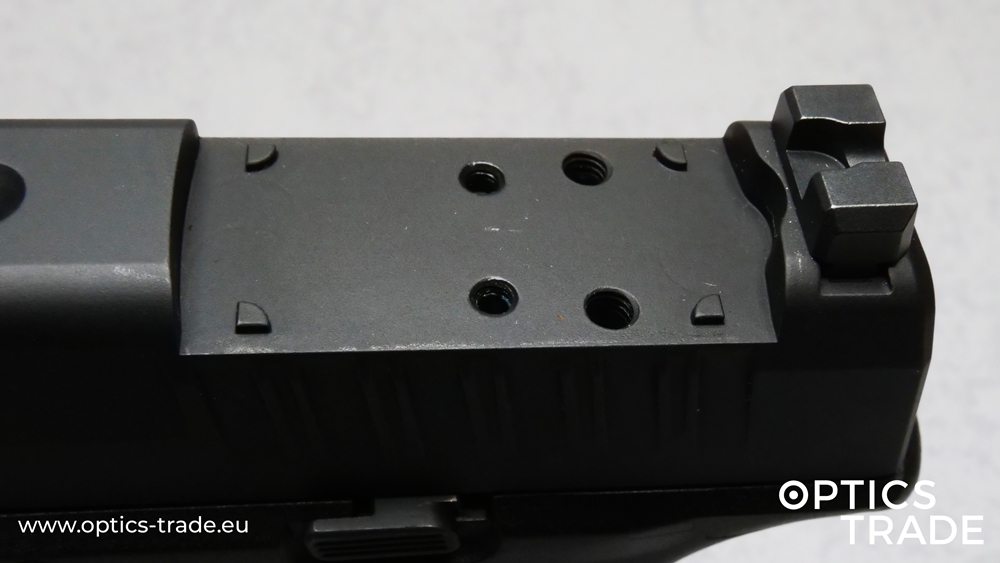Hello and welcome to another Optics Trade Debates video. In each episode, we talk about a different subject and try to answer the most common questions we receive about it. Today, we’ll be touching on another topic that has to deal with the categories on our webpage – prism scopes and their basic features and application.
First, let’s focus on the physical properties of prism scopes. They look like some sort of hybrids between red dot sights and riflescopes. They’re named prism scopes because they’re internally composed of prisms. This is why their dimensions are that much shorter than with ordinary riflescopes.
Prism scopes feature a dioptre setting. When looking for red dots sights, users with astigmatism experience problems. They cannot see a clear image of the reticle, the dot is glowing or appears dispersed into a different shape altogether. For those users, prism scopes offer a solution. You can adjust the dioptre setting so that your eye can see a crisp reticle.
This is also why some prism scopes are on offer with 1x magnification (as in, the image is not enlarged at all) as they can be used as an alternative to classic red dot sights.
But of course, there are models with various magnification powers available (everything from 2x to 6x). Bigger magnifications within this range are rare since that means the units have to be much heavier. The most common magnification power is 3x.
It’s important to emphasize that prism scopes come with fixed magnifications only, in contrast to riflescopes and other types of scopes.
Another common feature of prism scopes is that they come with an integrated mount for a Picatinny rail on the bottom. So, there are no rings around them and mounting is not a problem since Picatinny is such a popular standard.
In most cases, prism scopes are mounted on semi-automatic and automatic assault rifles. They stand a little bit higher and are therefore very suitable for an AR platform, achieving the appropriate eye relief.
The next thing mentioning is that, compared to riflescopes, prism scopes are more compact, lighter and smaller but still much bigger than red dots. Looking at the construction, we can see that these devices are very durable.
Moving on to the reticle. They always have slightly more advanced reticles in comparison to red dot sights (not just a dot).
These scopes come with one major advantage. If you take this device out in the field, turn on the illumination and the battery eventually runs out, you’ll still have the reticle as it is etched into the glass. The reticle lines are black so that the prism scope is still usable with no power source.
Compare that to red dots that are basically unusable without the battery-powered illumination. The entire reticle (= the simple red dot) is created with a laser and once the unit is not powered on or the battery runs out, all that is left is clear glass.
Staying on the topic of illumination, most prism scopes give you the ability to switch between a red or green colour of illumination. Vortex Spitfire 3x Prism Scope and Burris Speed Dot AR 332 are good examples. This is a great solution for colour blind users (certain companies like Holosun claim that these users make up almost 20% of their customer base) who cannot see the colour red.
Red dots, as their name suggests, usually come with only red illumination – through green is gaining popularity. Still, the user rarely gets a chance to switch between two illumination colours on a single device.
Reticles come with chevrons for bullet drop compensation. There are holdover points for different distances. The most common one is suited for .308 Winchester and .223 Remington. That’s obviously useful and something to keep in mind when deciding on optics.
Some products like the Primary Arms SLX5P 5x SFP even come with the name of the compatible calibre written on the very housing, in this case, it is 7.62×39 AK calibre and .300 Blackout. The latter has an almost identical ballistic curve to the first.
When buying a prism scope you have to first check which calibre you own. Pick the product that has holdover lines that are specially designed for the calibre you’re using. A device that is suited to a ballistic curve that is considerably different from the calibre you’re using simply won’t work for you.
Certain prism scopes like Athlon Midas feature a BDC turret. So the user can directly compensate for the bullet drop by clicking – another benefit of prism scopes that red dots cannot offer. The clicks on red dots ar3e usually measured in MOAs.
Nearly all prism scopes are fog- and waterproof. They are made to withstand almost any recoil, no matter how hard – just like red dots.
Price-wise, prism scopes are available in every price range. The most affordable segment is priced below €500 (starting at about €250), while the most expensive pieces like Meprolight Mepro X6 and Browe 4×32 Combat Optic can easily go for €2000 and more.
That’s all for today. We would like to thank you for your time. We hope this debate covered the majority of your questions. But just in case we forgot anything, you are most welcome to leave a comment down below or send us an email. If you liked the video, hit the “Like” button and subscribe to our YouTube channel. See you in the next Optics Trade Debates video!
Products mentioned:




